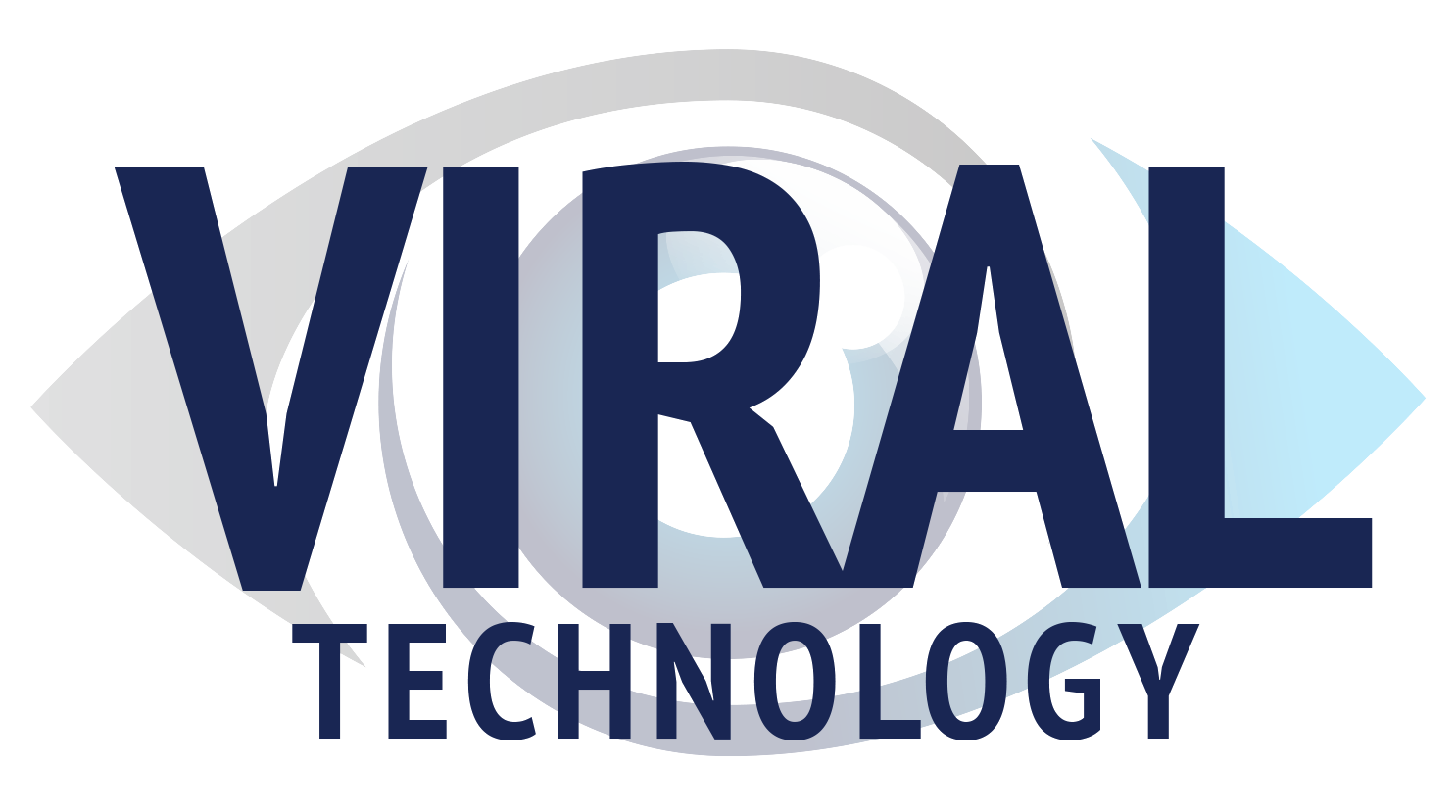Look-Alike Domains: A Case Study in Cyber Deception. Chapter 3 "Meet The Impersonators"
Get ready to meet the culprits behind look-alike domain scams. These crafty cyber criminals have mastered the art of impersonation and employ various tactics to deceive unsuspecting victims. From creating fake websites to sending deceptive invoices, they use every trick in the book to achieve their fraudulent goals.
Impersonators are experts at mimicking reputable companies or trusted organizations to gain the trust of their targets. They create fake domains that closely resemble the legitimate ones, making it difficult for people to spot the difference at first glance. By leveraging familiar logos, design elements, and content, they aim to trick individuals into believing they are interacting with a trustworthy entity.
Once scammers have gained the victim’s trust, they may take advantage of that relationship to send false invoices. These invoices often bear a striking resemblance to legitimate invoices from reputable companies. The impersonators put effort into replicating the branding, layout, and formatting of the invoices to make them appear genuine.
The fake invoices may include detailed information such as the company name, address, contact details, and even specific product or service descriptions. Scammers try to make the invoices look as authentic as possible, aiming to deceive recipients into thinking they owe a payment or have an outstanding invoice.
To further convince their victims, scammers employ tactics that create a sense of urgency. They may state that immediate payment is required to avoid penalties, late fees, or service disruptions. This pressure to act quickly is designed to manipulate individuals into making payments without thoroughly scrutinizing the invoice.
It’s important to be cautious and verify the legitimacy of any invoices you receive. Here are some precautions to help protect yourself:
Scrutinize the details: Carefully review the invoice for any irregularities or inconsistencies. Look for misspellings, grammar errors, or changes in formatting that may indicate a scam. Compare it to previous invoices you’ve received from the same company to spot any discrepancies.
Contact the company directly: Use trusted contact information obtained from official sources, such as the company’s website or a verified phone directory. Reach out to the company’s accounting department or authorized representatives to confirm the authenticity of the invoice and payment request.
Verify payment instructions: Be cautious when asked to make payments to unfamiliar bank accounts or through unknown payment processors. Cross-reference the provided details with official records or contact the company directly to confirm the legitimacy of the payment instructions.
Trust your instincts: If something feels suspicious or too good to be true, Seek advice from a trusted advisor, family member, or financial professional before proceeding with any payments or sharing sensitive information.
By remaining vigilant and taking these precautions, you can
protect yourself from falling victim to these sophisticated look-alike domain
scams. Remember, scammers are continuously evolving their techniques, so
staying informed and cautious is crucial. Be alert, question suspicious
invoices, and always verify before taking any financial actions.
